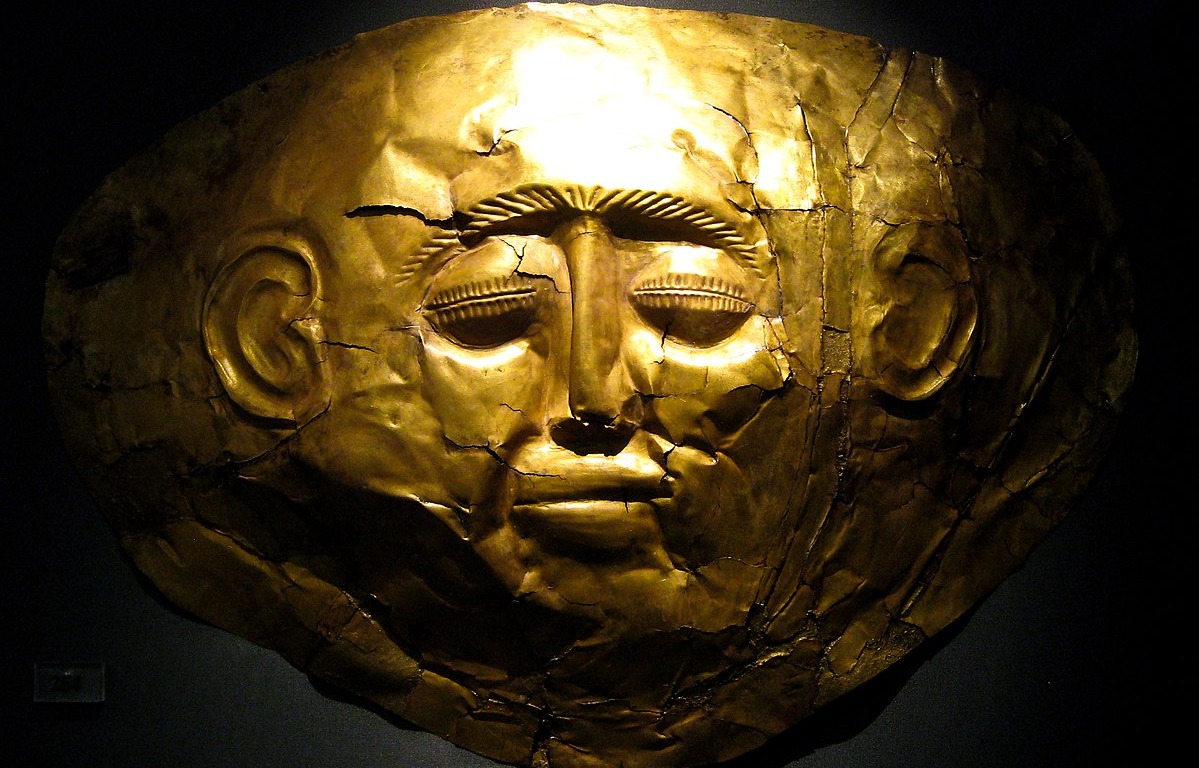
Ancient Greek history is one of the most intensely studied periods of human history, and yet a multitude of mysteries associated with this enigmatic civilization remain unsolved.
Of course, modern archaeologists and historians have a wealth of sources to work with, including the impressive architectural works of the Greeks, the literature they passed down to us, and a whole host of artworks, implements, tools, and relics that have been preserved and discovered.
Nevertheless, the primary sources available are not infinite, and many mysteries associated with the ancient Greeks remain shrouded by time. Perhaps one day they will be solved when new evidence emerges, or else we are fated to gaze back in wonderment at the distant past.
How did the Pythia at the Oracle of Delphi make predictions?
Located on the southwestern slopes of Mount Parnassus, Delphi is one of Greece’s most enormous and important archaeological sites. It has been part of Parnassos National Park since 1938.
The Oracle of Delphi, the Pythia, who was also referred to as the sibyl, was a priestess who would prophesy from the tripod in the sunken adyton of the Temple of Apollo. The god himself was believed to speak through this oracle.
When asked a question, the Oracle — perhaps quite cunningly — never gave a direct answer, but spoke in allegories with “hidden meanings” and “ambiguities,” according to Plutarch, who was himself a priest of Apollo and a great historian. It was then up to the inquiring party as to how to interpret them.
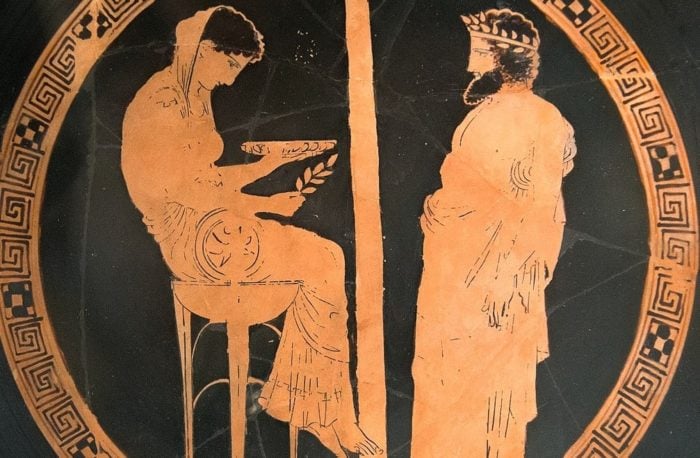
While in a trance, the Pythia “raved” – most likely a form of ecstatic speech – and her ravings were “translated” by the priests of the temple into elegant hexameters. The source of these prophecies remains one of the most enigmatic mysteries of ancient Greece.
It has been speculated that the ancient writers, including Plutarch — who had worked as a priest at Delphi — were correct in attributing the oracular effects to the sweet-smelling pneuma, or vapor, escaping from the chasm in the rock.
Modern researchers are yet to reach a concrete conclusion, although the inhalation of certain gasses and fumes is believed to be responsible. For example, one Italian study identified a mixture of carbon dioxide and methane as a possible cause.
What caused the end of the Mycenaean civilization?
The Mycenaeans were one of the most enigmatic and mysterious civilizations of the Bronze Age. They were the first advanced Greek civilization on the Greek mainland itself where they flourished from 1750 to 1050 BC.
The name for the Mycenaeans is a modern historiographical distinction derived from the city of Mycenae, the home of Agamemnon in Greek mythology. Political life in most Mycenaean polities centered on the palaces where the king played a religious, military, and judicial role.
The reason for the collapse of this phase of ancient Greek civilization remains one of the most interesting mysteries of the Bronze Age.
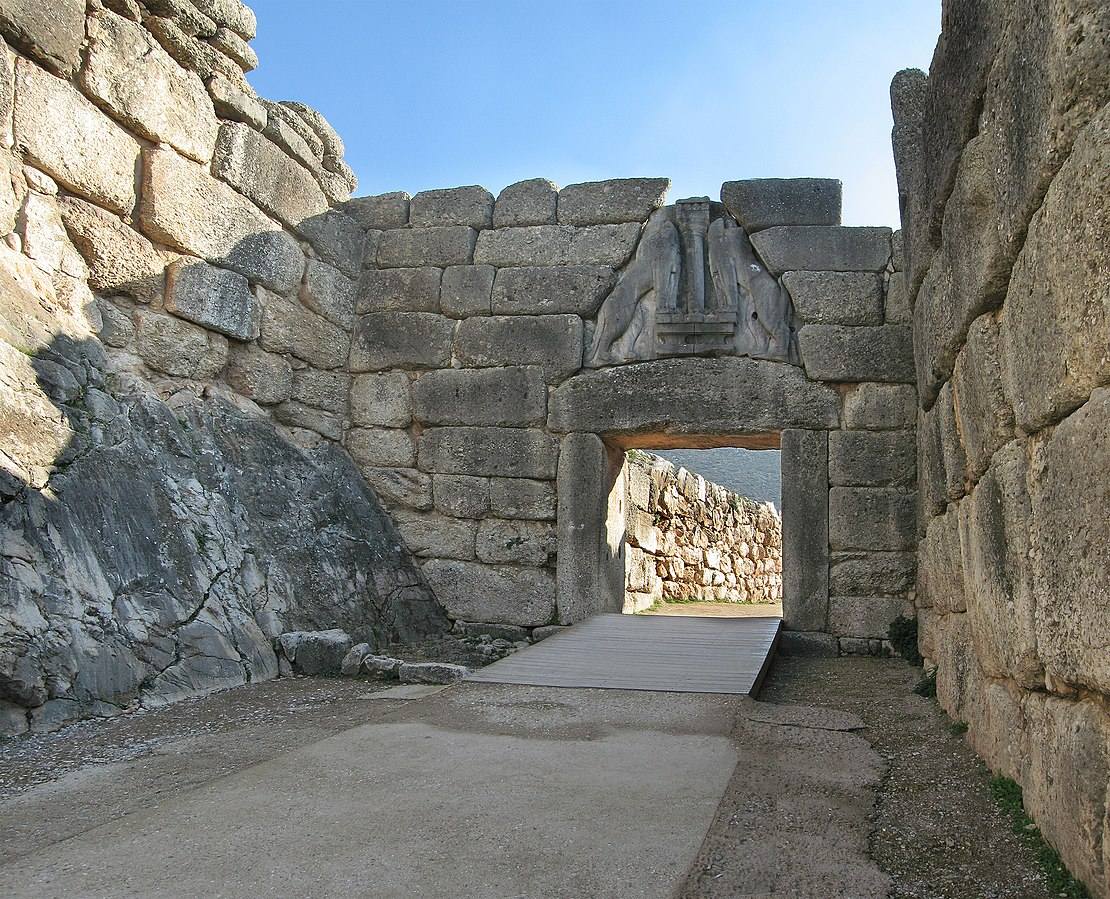
Some of the Mycenaean palatial sites show signs of damage, possibly caused by fires, fighting, or natural earthquakes. Other sites appear to have been abandoned. Whatever the cause, between 1250 and 1200 BC, the importance of the palaces declined and centralized control on the Greek mainland disintegrated. Linear B, the writing system used by Mycenean bureaucrats, fell into disuse, and archaeological finds from Greece during this period are generally less advanced than before.
One popular theory is that Greece was invaded by the Dorians who destroyed many of the Mycenaean fortifications and palace complexes and settled in the area. This is based on the writings of ancient Greek historians themselves, including Herodotus who theorized that the exiled descendants of Heracles had returned. Other ancient scholars who mentioned the invasion include Diodorus and Apollodorus. However, the Dorian invasion theory has largely fallen out of favor with modern scholars.
The collapse of the Mycenaean civilization in Greece coincided with the broader Late Bronze Age collapse, which affected a large area of the Mediterranean. Indeed, the period spanning approximately from 1200 to 1150 BC witnessed the significant cultural decline of several prominent civilizations. During this time, the Kassites in Babylonia, the Hittite Empire in Anatolia and the Levant, and the New Kingdom of Egypt experienced a profound collapse in their respective cultures and societies. However, the reasons for this are also still hotly debated and remain a mystery.
What happened during the Greek Dark Ages?
The historical epoch which followed the Mycenaean civilization and its collapse in ancient Greece is another source of mysteries. The Greek Dark Ages, as they are referred to by historians, lasted between 1100 and 750 BC.
The Linear B written script used by the Mycenaeans was no longer used and the Greek alphabet was not invented until the Archaic Age which followed the Dark Ages, so little is known about this period owing to the lack of written sources.
According to Professor James Whitley, “Dark Age (or Early Iron Age) Greece was a period of great social diversity… Instead of Dark Age society, there were a number of Dark Age societies, which developed along quite different lines.”
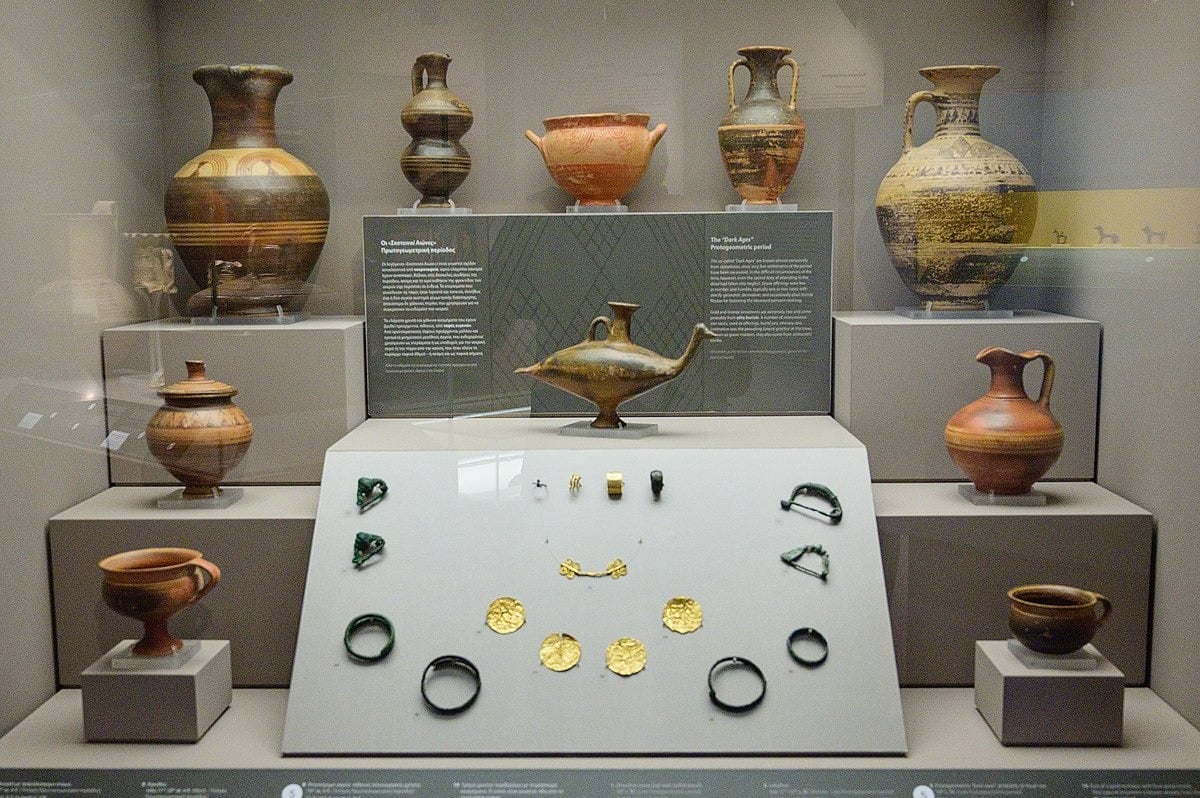
This abundance of social diversity is reflected in the archaeological finds which indicate that there was a great degree of cultural regional differentiation. For example, pottery styles and burial practices differed considerably across the regions of Greece during this period.
One trend that is generally observable across the Greek world at this time is that social organization was simpler than in the preceding Mycenaean period. Gone were the bureaucratic organization and rigid social hierarchies of the Mycenaean palaces. Gone too were more complex artworks and architectural styles.
Instead, Dark Age Greeks largely lived in smaller agricultural or pastoral communities. Those not directly involved in food production wove baskets and made pottery. Urban centers were largely depopulated, with notable exceptions like Athens.
Was the Trojan War a historical event?
Homer’s Iliad and Odyssey are among the most important works in the Western literary canon. However, the historicity of the Trojan War, to which both works refer, is a matter of ongoing scholarly debate.
Some scholars argue that the Trojan War could be a historical event that has been embellished and mythologized over time. They suggest that there may have been a smaller-scale conflict or a series of raids between Mycenaean Greeks and the inhabitants of Troy. The actual details and magnitude of these events, however, remain uncertain.
Others contend that the Trojan War is purely a work of fiction and myth, created by ancient poets like Homer to convey moral, political, and cultural themes rather than recounting historical events.
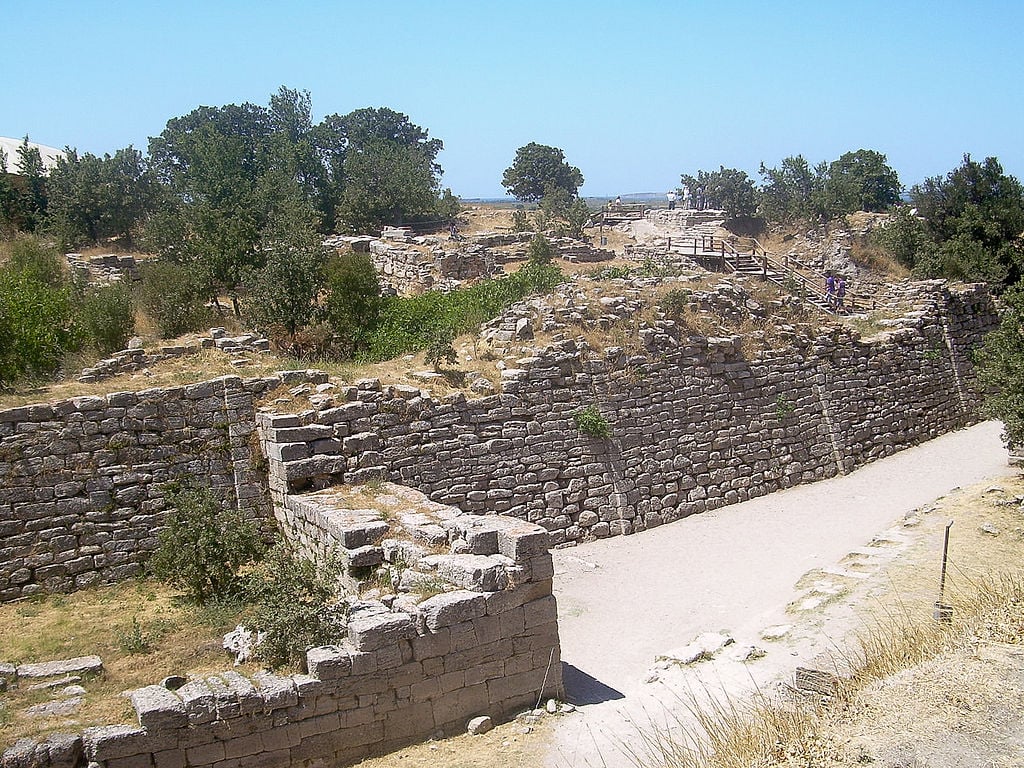
The most compelling evidence for solving this ancient Greek mystery is the existence of an archaeological site at Hisarlik in modern-day Turkey discovered by Heinrich Schliemann in 1870.
The prevailing view among many historians is that the city excavated at Hisarlik corresponds to the ancient Troy mentioned in Homer’s writings. It is widely accepted that a conflict or a series of conflicts did occur between the Mycenaean Greeks and the Anatolians at this location, taking place around 1180 B.C., marking the conclusion of the Late Bronze Age.
However, the extent to which the characters in the Iliad may have been based on real figures, the exact nature of the war – whether it was a major conflict or a series of small skirmishes – and the identity of the Trojans remains largely unknown.
What killed Alexander the Great?
The untimely death of Alexander the Great on June 10, 323 B.C. in Babylon has long been a topic of hot debate by historians. There are multiple hypotheses for his cause of death including infection, alcoholism, or murder.
According to the University of Maryland School of Medicine report of 1998, Alexander the Great probably died of typhoid fever, which, along with malaria, was common in ancient Babylon.
In the week before his death, historical accounts mention chills, sweats, exhaustion, and high fever, all typical symptoms of infectious diseases, including typhoid fever.
According to David W. Oldach from the University of Maryland Medical Center, Alexander also had “severe abdominal pain, causing him to cry out in agony.”
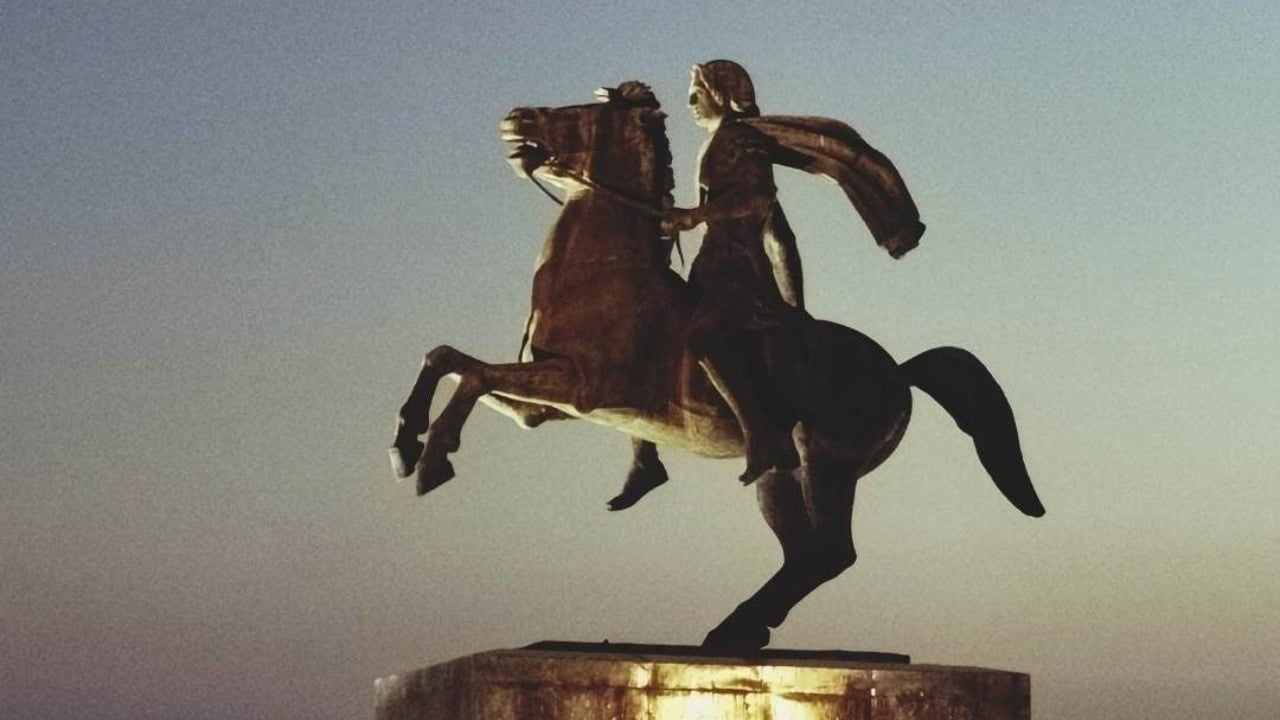
Another theory is proposed by New Zealand’s Katherine Hall, a senior lecturer at the Dunedin School of Medicine. One factor that has puzzled historians and scientists is that Alexander’s body did not decompose for six days after his death. However, Hall postulates that the body of Alexander was not decomposing because he was, in fact, still alive.
Her theory is that the great commander had contracted the neurological disorder Guillain-Barré Syndrome from a common infection of the time.
Guillain-Barré is a neurological disorder causing paralysis throughout the body, something which could have affected his motor nerves.
“So Alexander could very well have been lying there, unable to move a muscle, and actually still be alive because they didn’t actually take pulses at that time to determine whether people were dead,” Hall states.
“My theory actually provides a rationale for why he did not decompose,” she says. “And that being, that he wasn’t actually dead yet.”
See all the latest news from Greece and the world at Greekreporter.com. Contact our newsroom to report an update or send your story, photos and videos. Follow GR on Google News and subscribe here to our daily email!



